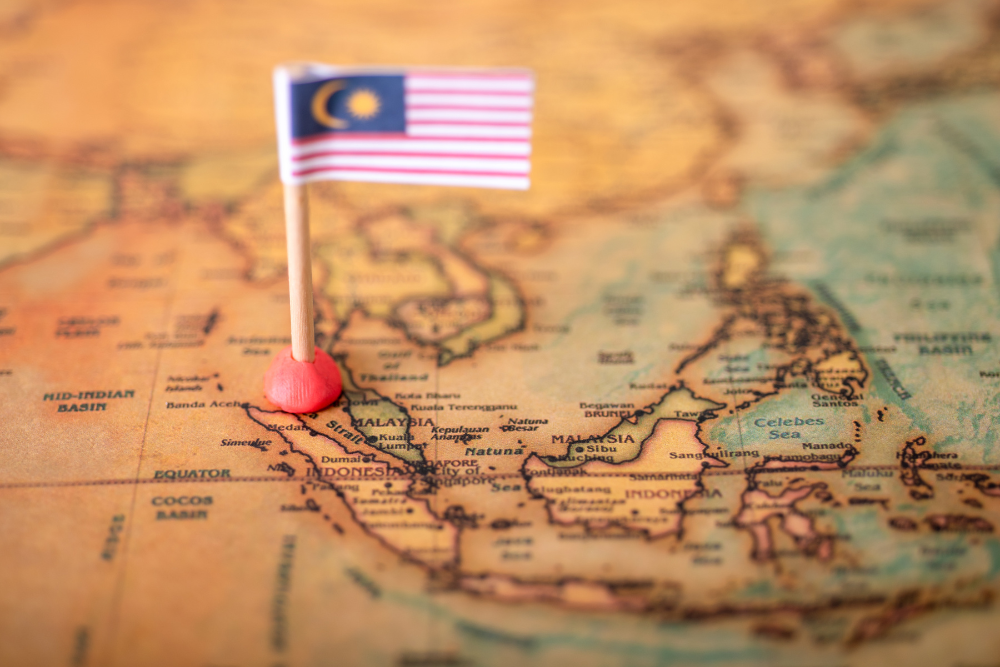Malaysia is a country rich in culture, history, and natural beauty, and it boasts an impressive array of UNESCO World Heritage Sites. These sites offer a glimpse into Malaysia’s unique heritage, showcasing its diverse cultures, stunning landscapes, and historical significance. In this blog, we’ll explore the UNESCO World Heritage Sites in Malaysia, highlighting their unique features and the experiences they offer to visitors.
What is UNESCO World Heritage?

UNESCO (the United Nations Educational, Scientific and Cultural Organization) designates World Heritage Sites to recognize places of outstanding cultural or natural importance. These sites are selected based on their universal value and are protected to ensure their preservation for future generations.
Malaysia’s UNESCO World Heritage Sites
1. George Town and Malacca (Strawberry Hills)
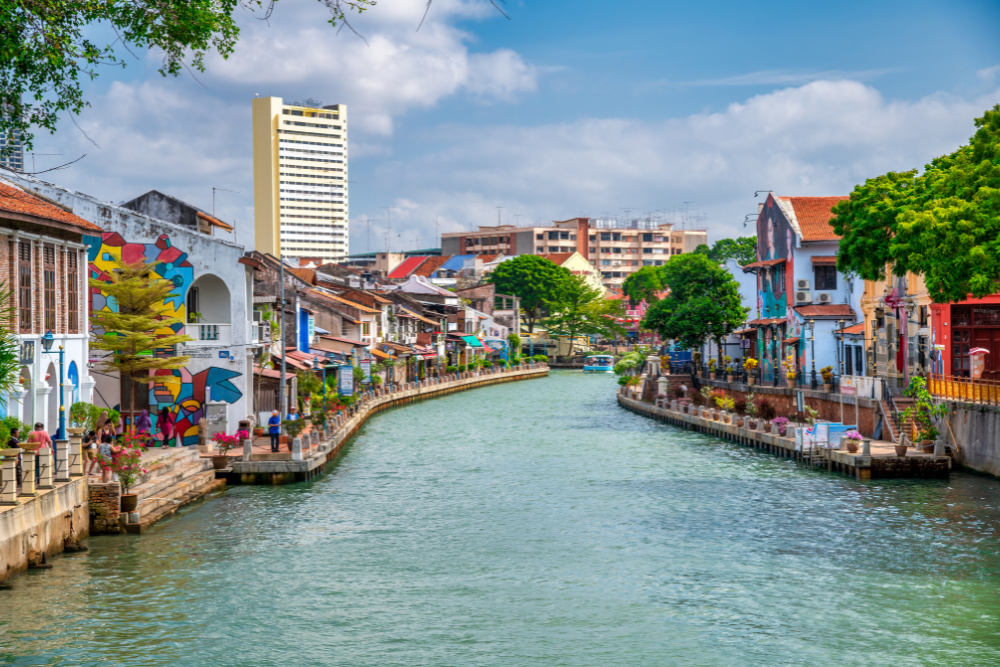
Overview
George Town, the capital of Penang, and Malacca are two historic cities that showcase Malaysia’s colonial past. Their unique blend of Malay, Chinese, Indian, and European influences is reflected in their architecture, culture, and cuisine.
- Key Features:
- George Town: Known for its well-preserved heritage buildings, street art, and vibrant food scene. Key attractions include the Blue Mansion, Khoo Kongsi, and the famous street food at Gurney Drive.
- Malacca: Rich in history, with attractions such as A Famosa Fort, St. Paul’s Hill, and Jonker Street, which is famous for its night market and local delicacies.
- Experiences: Explore the streets on foot or by bicycle, sample local dishes like Nyonya laksa and chicken rice balls, and immerse yourself in the lively atmosphere of these heritage cities.
2. Kinabalu Park
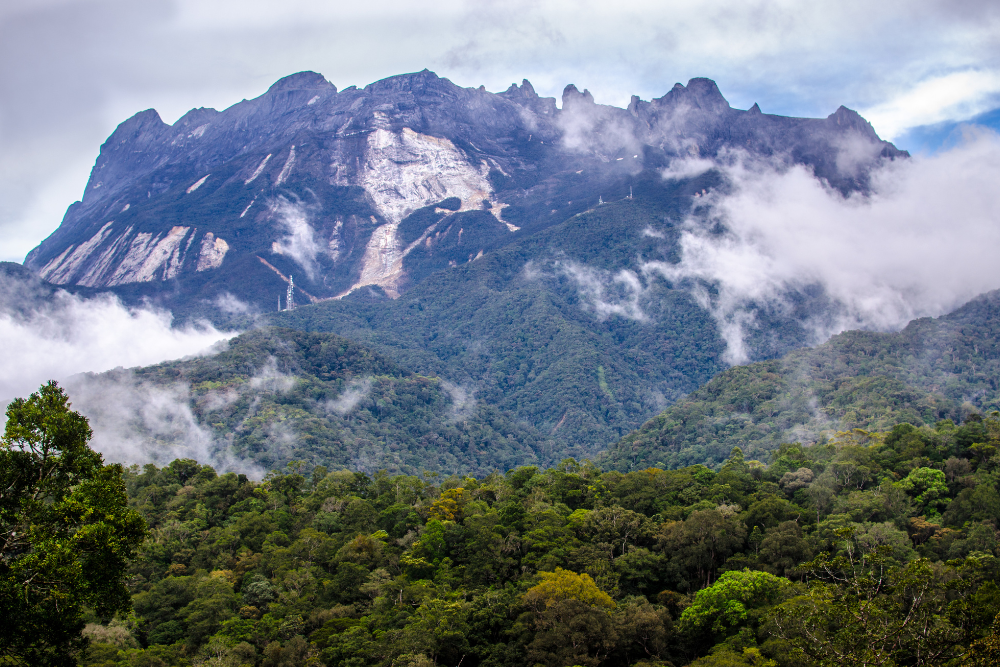
Overview
Located in the Malaysian state of Sabah, Kinabalu Park is home to Mount Kinabalu, the highest peak in Southeast Asia. The park is renowned for its rich biodiversity and stunning landscapes.
- Key Features:
- Mount Kinabalu: A popular destination for climbers, offering various trails and breathtaking views. The summit can be reached via a challenging trek.
- Biodiversity: Kinabalu Park is home to thousands of plant species, including orchids, and unique wildlife like the endangered Bornean orangutan.
- Experiences: Trekking, birdwatching, and enjoying the cool climate of the highlands, along with visiting the nearby Poring Hot Springs for a relaxing soak.
3. Gunung Mulu National Park
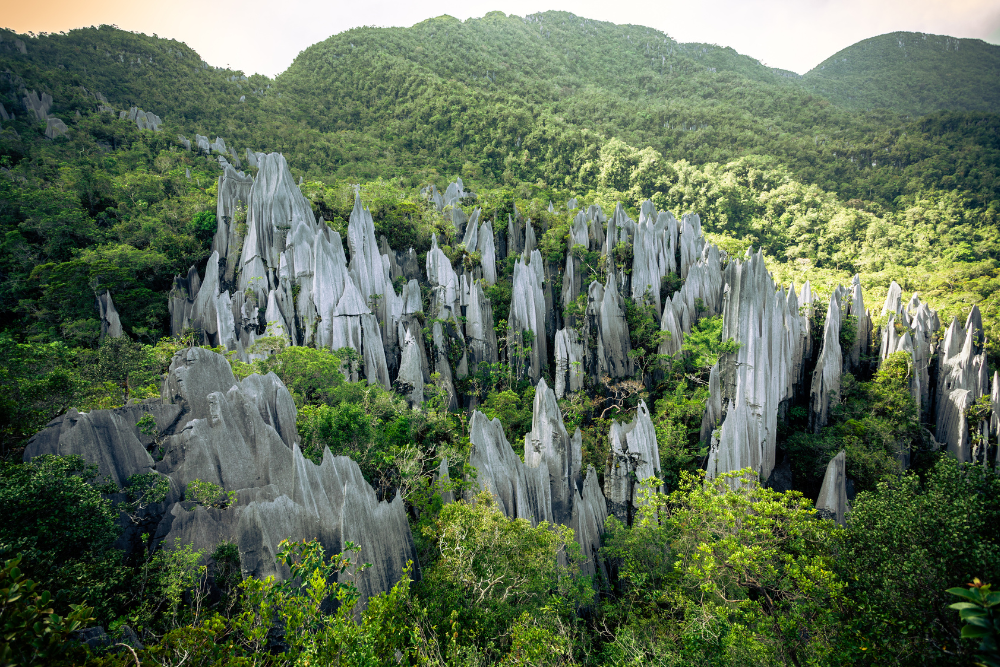
Overview
Gunung Mulu National Park, located in Sarawak, is famous for its limestone karst formations, extensive cave systems, and rich biodiversity.
- Key Features:
- Caves: Home to some of the world’s largest caves, including Sarawak Chamber and Clearwater Cave. Visitors can explore these caves and marvel at their stunning formations.
- Biodiversity: The park is a UNESCO Biosphere Reserve, featuring unique flora and fauna, including rare species of bats and birds.
- Experiences: Cave exploration, canopy walks, and guided tours to learn about the park’s geology and ecosystems.
4. Hulu Selangor Heritage Sites

Overview
The Hulu Selangor area is known for its historical significance, particularly its mining history and colonial architecture. It includes several heritage sites, such as the old mining town of Kuala Kubu Bharu.
- Key Features:
- Colonial Buildings: Explore the remnants of colonial architecture, including the historic Kuala Kubu Bharu Railway Station.
- Cultural Sites: Visit the local temples and cultural centers that showcase the heritage of the area’s diverse communities.
- Experiences: Heritage walks, visiting local markets, and experiencing traditional crafts and food.
5. The Archaeological Heritage of the Lenggong Valley

Overview
The Lenggong Valley in Perak is one of the oldest archaeological sites in Malaysia, providing significant insights into the region’s prehistoric history.
- Key Features:
- Excavation Sites: The valley contains ancient tools and artifacts, including the famous Perak Man, one of the oldest human remains found in Southeast Asia.
- Cave Systems: The area is dotted with caves that have been used for shelter since prehistoric times.
- Experiences: Guided archaeological tours, learning about early human history, and exploring the natural beauty of the valley.
6. Kuala Lumpur’s Colonial Buildings
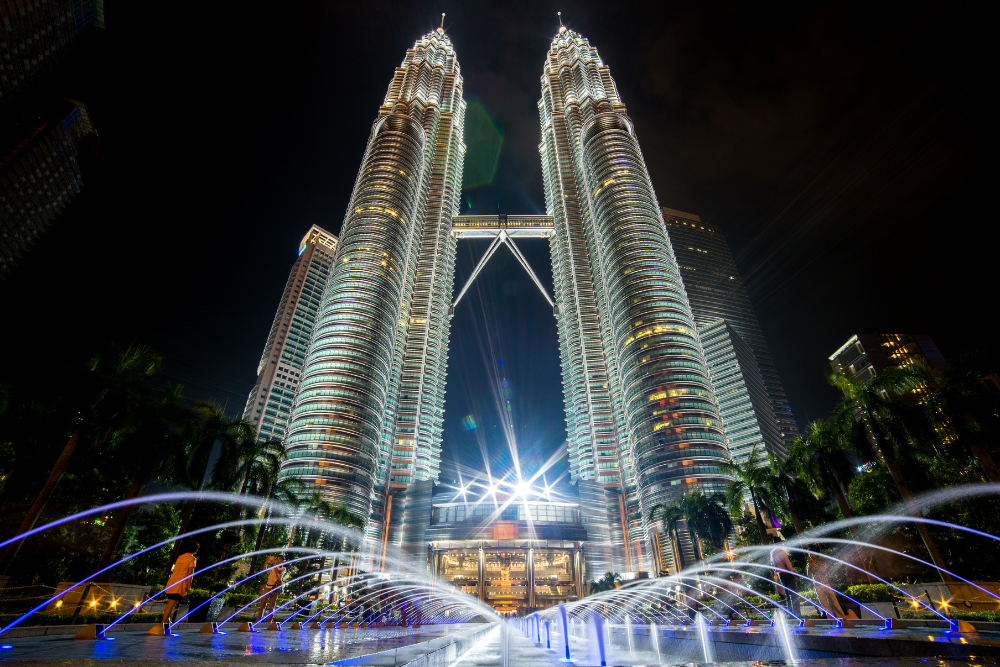
Overview
Kuala Lumpur’s colonial architecture reflects the city’s rich history and cultural influences. Key structures include the Sultan Abdul Samad Building and the Royal Selangor Club.
- Key Features:
- Sultan Abdul Samad Building: An iconic landmark that showcases Moorish architecture, often featured in photographs of Kuala Lumpur.
- St. Mary’s Cathedral: A beautiful example of Gothic architecture in the heart of the city.
- Experiences: Walking tours to explore the historical district, visiting museums, and learning about Malaysia’s colonial past.
7. The Historic City of Ipoh

Overview
Ipoh, the capital of Perak, is known for its well-preserved colonial buildings, vibrant street art, and delicious food. The city offers a glimpse into Malaysia’s history as a tin mining hub.
- Key Features:
- Colonial Architecture: Explore the charming streets filled with heritage buildings, such as the Ipoh Railway Station and the Birch Memorial Clock Tower.
- Culinary Delights: Ipoh is famous for its coffee, chicken rice, and bean sprout chicken.
- Experiences: Food tours, cultural explorations, and visiting local markets to experience the city’s vibrant atmosphere.
Tips for Visiting UNESCO World Heritage Sites in Malaysia
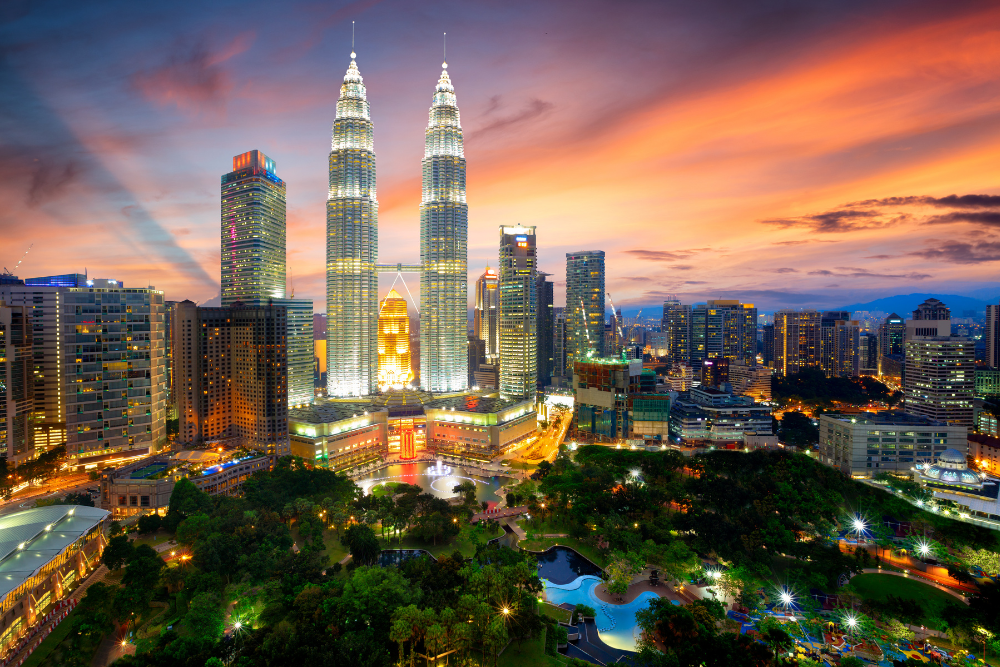
1. Plan Ahead
Research each site and plan your itinerary to make the most of your visit. Some sites may require advance booking for tours or accommodation.
2. Respect Local Customs
Each site has its own cultural significance, so be sure to respect local customs and practices while visiting.
3. Stay Hydrated and Prepared
Malaysia’s tropical climate can be hot and humid, so stay hydrated and wear comfortable clothing suitable for outdoor exploration.
4. Engage with Local Guides
Hiring local guides can enhance your experience, providing insights into the history and significance of each site.
5. Capture the Moments
Bring your camera to capture the stunning landscapes, unique architecture, and vibrant culture. Just remember to ask permission when photographing people.
Conclusion
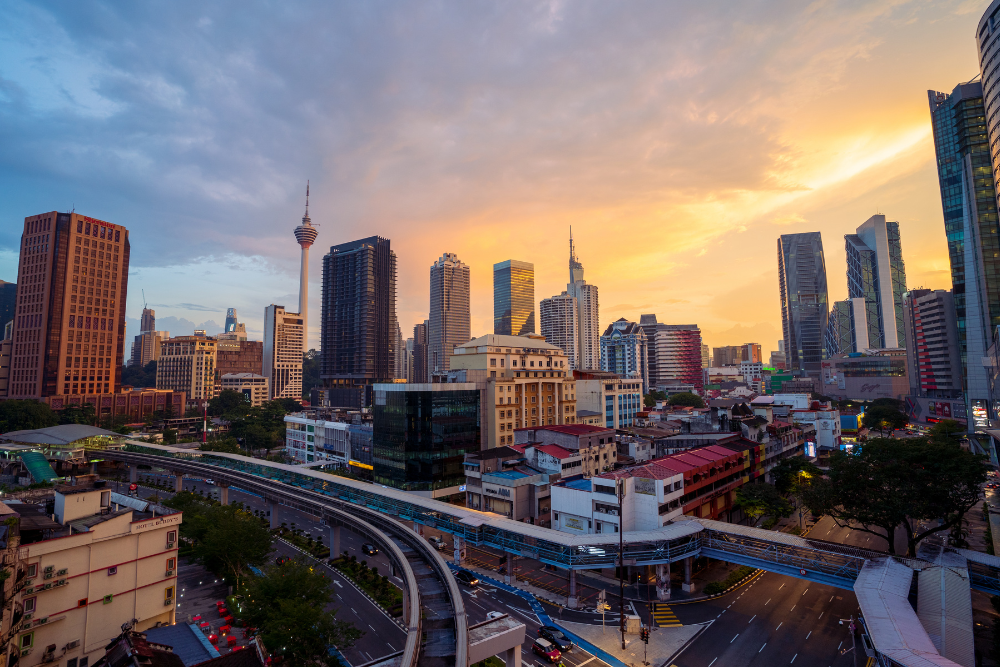
Malaysia’s UNESCO World Heritage Sites offer a unique opportunity to explore the country’s rich cultural and natural heritage. From the historical charm of George Town and Malacca to the breathtaking landscapes of Kinabalu Park and Gunung Mulu National Park, each site has its own story to tell. By visiting these sites, you not only gain a deeper understanding of Malaysia’s diverse history but also contribute to their preservation for future generations. Whether you’re an adventure seeker, a history buff, or a culture enthusiast, Malaysia’s World Heritage Sites are sure to captivate your heart and mind.



